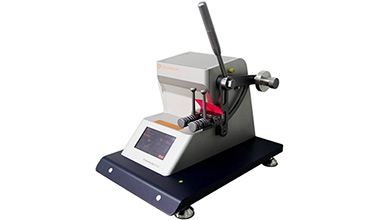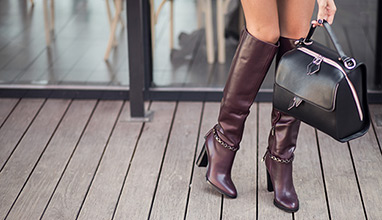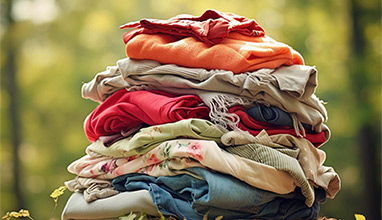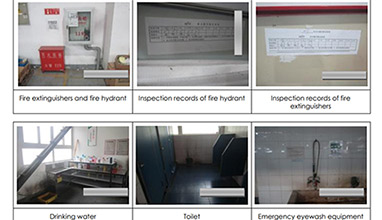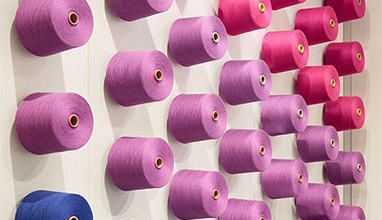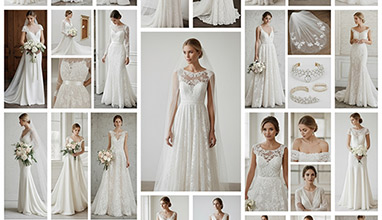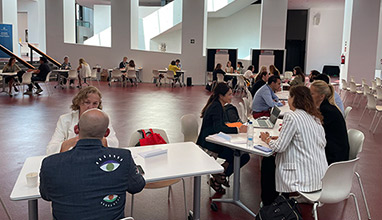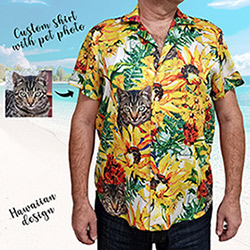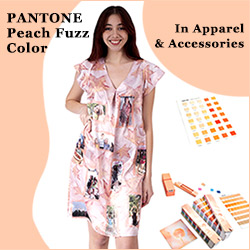Discover the Best Places to Buy Fabric Online: Your Ultimate Guide
Unraveling the Fabric Jungle: Where to Start Your Search
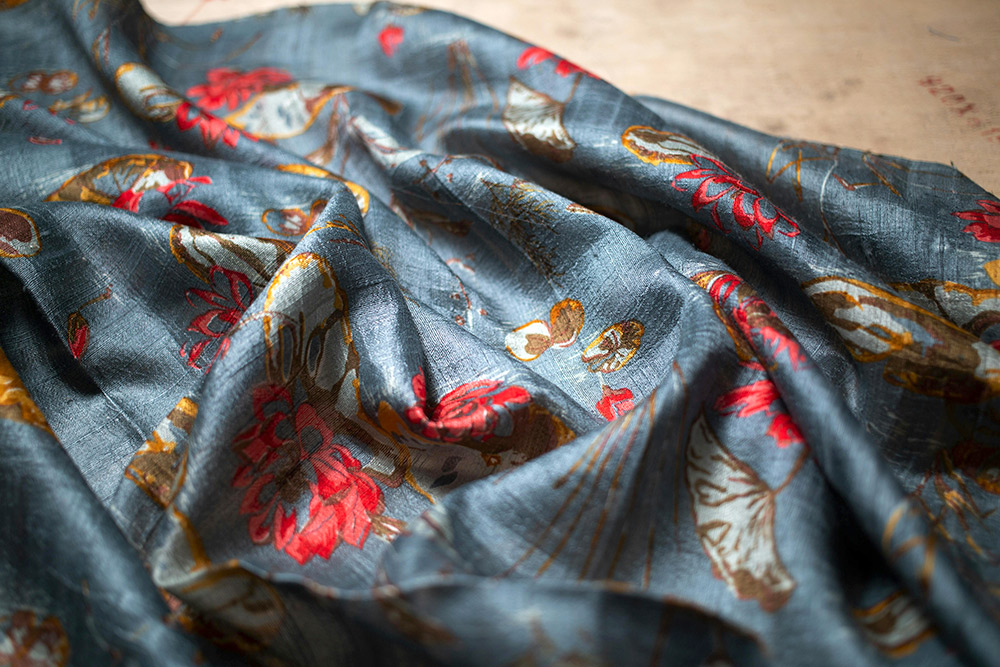
The Rise of Online Fabric Shopping: A Modern Revolution
The world of fabric shopping has undergone a significant transformation over the past two decades, marked by a rapid shift from traditional brick-and-mortar stores to a thriving online marketplace. This revolution, driven by technological advancements and changing consumer behavior, has made accessing an extensive array of fabric choices both convenient and straightforward. What once required time-consuming trips to specialized fabric stores can now be accomplished from the comfort of your home. With just a few clicks, shoppers can compare prices, discover unique materials, and access a wealth of information about fabric properties along with an endless source of inspiration for their next project. The internet has not only democratized access to fabrics but also nurtured a creative community of crafters, designers, and hobbyists who share their experiences and tips online.
Understanding Different Types of Online Fabric Suppliers
In the online fabric shopping landscape, one can encounter a diverse selection of suppliers, each catering to specific needs or preferences. The primary categories include large retail chains, specialized fabric stores, independent designers, and even niche suppliers focusing on organic or eco-friendly fabrics. Retail giants like Joann and Fabric.com offer a wide variety of fabrics and coordinated accessories at competitive prices, making them ideal for beginners or those working on large-scale projects. However, if you are seeking unique, designer-quality textiles, specialized retailers such as Mood Fabrics or Spoonflower might be more suitable. Spoonflower, for example, allows customers to design their own fabrics from patterns, further catering to individual creativity.
Independent designers and artisans often showcase their microfiber, cotton blends, or reclaimed textiles online, providing a platform to showcase their work while offering customers a chance to find one-of-a-kind materials. And, with the growing emphasis on sustainable practices, eco-friendly fabric retailers like Organic Cotton Plus and The Fabric Store are gaining popularity, capturing the attention of environmentally conscious consumers who still wish to indulge their love for textiles while considering the planet's wellbeing.
How to Gauge Quality Without Touching the Fabric
One of the most significant challenges faced by online fabric shoppers is determining the quality of the materials without being able to physically touch or see the fabric. Fabrics can vary greatly in both texture and durability, making it crucial to do thorough research before making a purchase. When gauging quality online, several factors come into play. Start with the fabric content, as natural fibers like cotton, silk, and wool typically offer better quality and longevity than synthetic options. Pay close attention to the fabric descriptions, where suppliers usually highlight properties such as weight, weave, and finishes. Additionally, looking for the fabric’s GSM (grams per square meter) can provide insight into its thickness and quality.
Customer reviews are also invaluable; a plethora of opinions can offer a glimpse into the fabric’s performance in practical use cases. Frequent themes in feedback may include how the fabric behaves during washing, its drape, ease of sewing, and overall satisfaction level. Photos shared by customers can provide a visual reference, showcasing the fabric's true colors and patterns. When browsing, don't hesitate to reach out to the retailer for additional information; knowledgeable staff often provide insights that enhance your understanding of the materials in question.
Top Online Destinations for Fabric Aficionados
Your Go-To Websites for Designer Fabrics
For those seeking high-quality designer fabrics, numerous websites stand out as exceptional sources. Notably, Mood Fabrics is a pioneer in the fabric retail industry, renowned for its range of luxurious materials, innovative prints, and the undeniable allure of its NYC storefront, showcased on the popular television show "Project Runway." Their website offers fabric swatches, user-friendly filters, and access to fabrics spanning multiple styles, including formalwear, activewear, and home decor.
Next up is Harts Fabric, celebrated for its eclectic collection of printed cottons, knits, and more. With an emphasis on modern and fun designs, Harts is particularly attractive to younger crafters looking for vibrant choices. Additionally, Fabric.com has carved a niche for itself among budget-conscious crafters, boasting a wide variety of well-priced prints, solids, and specialty fabrics, alongside a plethora of sewing notions.
Thirdly, Style Maker Fabrics stands out for its curated selection of designer fabrics. This retailer provides in-depth descriptions, guidance on fabric pairings, and an impressive array of seasonal collections, catering to everything from garment making to quilting ventures. Combining extensive offerings with tailored customer service, these top-tier sites collectively ensure that both aspiring and experienced sewists have access to the finest options available online.
Hidden Gems: Lesser-Known Sites Worth Exploring
While popular fabric retailers dominate the online landscape, numerous hidden gems offer unique and often hard-to-find fabrics. For example, Fabricworm specializes in organic and designer fabrics, with an impressive selection of whimsical prints that are perfect for quilting and children's clothing projects. Their thoroughness in sourcing high-quality materials ensures customers receive fabric that is both beautiful and sustainable.
Miss Matatabi is another lesser-known treasure trove, focusing on Japanese fabrics that blend extraordinary quality with distinctive design aesthetics. The beauty of these textiles lies in their intricate patterns and color palettes, appealing to sewists who prefer a touch of uniqueness in their projects.
Moreover, Wawak delivers an astonishing supply of fashion fabrics, sewing tools, and notions, acting as a one-stop-shop for the experienced garment maker. Their competitive prices for essentials make it an excellent option for those looking to stock up without breaking the bank. Exploring these lesser-known sites offers fabric enthusiasts the opportunity to find uncommon textiles, unique patterns, and innovative materials that add flair to their creations.
Eco-Friendly and Sustainable Fabric Retailers
The surge of eco-consciousness has led to an increase in fabric retailers focusing on sustainability. Organic Cotton Plus is a standout in this realm, offering a broad assortment of certified organic fabrics, ranging from cotton and linen to rayon and hemp blends. Their commitment to eco-friendly sourcing practices extends beyond just fabrics, incorporating environmentally responsible business practices throughout their supply chain.
The Fabric Store is another exceptional choice for those interested in sustainable fabric options. They pride themselves on ethical practices and transparency, sourcing natural fibers and minimizing waste. Customers can explore an array of textiles, including linen and tencel, often in vibrant colors that suit both contemporary and classic lifestyles.
Emerging brands like Dharma Trading Co. are also making waves by supporting the DIY movement with eco-friendly dyes and fabrics. The focus on sustainable practices not only enhances the appeal of their products but also aligns with the values of conscientious consumers. Exploring these eco-friendly options can transform your creative endeavors while ensuring that your passion for fabrics contributes positively to the planet.
Navigating the Fabric Buying Experience: Tips and Tricks
Decoding Fabric Terminology: What You Need to Know
Understanding fabric terminology can be a daunting task for many new sewists or crafters. Terms such as 'denier,' 'thread count,' or 'twill' can often confuse those unfamiliar with the technical lingo. To ease your learning curve, familiarize yourself with some key terms:
Denier: This term refers to the thickness of individual threads used to make fabric. Higher denier numbers usually indicate a thicker, heavier fabric.
Thread Count: Typically used in relation to cotton fabrics, thread count represents the number of threads woven into one square inch. Higher thread counts often correlate with softer and more durable fabrics.
Stretch: Fabrics may be classified as '4-way stretch' or '2-way stretch,' indicating how they flex. Understanding this is vital when choosing materials for fitted garments.
Woven vs. Knit: Woven fabrics have threads interlaced at right angles, while knit fabrics are made from interlocking loops, yielding different textures and properties.
Familiarizing yourself with these terms enables fluidity in browsing and purchasing fabrics online, avoiding costly mistakes while ensuring you select materials that meet your project’s demands.
Reading Customer Reviews: Finding Gold Amongst the Feedback
Customer reviews can be a goldmine of information when purchasing fabric online, but interpreting them effectively requires discernment. Look for reviews that highlight specific details about the fabric's performance these insights can often inform your decision more than sheer star ratings alone. Pay attention to comments about the fabric's quality, ease of sewing, potential for fading or shrinking, and whether it lives up to the provided color and texture descriptions.
While positive reviews can generate enthusiasm, don't shy away from reading negative ones; they offer a necessary balance and may alert you to potential issues you hadn’t previously considered. When several reviews remark on a common theme, such as that a fabric tends to fray easily, it's wise to take that into account. Additionally, examining photos shared by customers can validate the fabric's appearance and help provide a more realistic expectation before purchasing.
Managing Shipping: What to Expect When Ordering Fabric Online
Shipping fabric online can present its own set of challenges, notably regarding timing and potential costs. When you buy fabric online, it's essential to be aware of the shipping policies associated with each retailer. For instance, some offer free shipping on orders over a certain amount, while others might charge a flat rate or tiered rates based on weight. Be cognizant of handling times, especially during peak seasons, as delays can occur. Planning ahead can save you from being left in a pinch if your fabric is needed for a specific project timeline.
Moreover, when receiving your order, always inspect the fabric as soon as possible. Mistakes in shipping can happen, and addressing these issues promptly ensures you have ample time to sort them out if they do arise. Many retailers will easily replace fabrics that have defects or incorrect items if addressed swiftly.
Transform Your Creativity: Innovative Projects with Your New Fabric
Inspiring DIY Projects for All Skill Levels
Once you've navigated the world of online fabric shopping and secured your dream materials, the next exciting chapter involves diving into creative projects. Understanding what you can create with the variety of fabrics available can unleash a plethora of ideas. Beginners may consider starting with simple projects like face masks, tote bags, or pillow covers, which require minimal sewing experience yet offer high rewards in both functionality and aesthetic appeal. Solid cotton fabrics lend themselves beautifully to such beginner-friendly projects.
Intermediate sewists might enjoy tackling clothing items such as a shift dress or a simple button-up shirt, where the challenge of pattern matching and understanding garment construction begins to build valuable skills. These projects not only enhance your abilities but also serve as a strong foundation for more complex work down the road. For advanced crafters, the sky’s the limit! Delve into tailored jackets, intricate quilts, or even bespoke wedding gowns. Not only will you learn valuable advanced techniques, but you’ll also be able to showcase your skills in ways your friends and family will admire. Engaging with blogs and communities where crafters share their successes and misadventures can also provide inspiration and support as you refine your craft.
Upcycling: Giving Old Fabrics a New Life
Sustainability and creativity intersect in the vibrant world of upcycling. By repurposing old garments, remnants, or leftover fabric scraps, you can craft new pieces that reflect your style while promoting eco-consciousness. Upcycling allows for a unique explorative approach to sewing, sourcing second-hand textiles such as thrifted shirts, linens, or curtains that can undergo transformations into trendy garments, bags, or even home decor items.
Common projects include turning an oversized shirt into a chic sleeveless dress or transforming unused denim into fashionable tote bags or purses. Not only does upcycling minimize waste, but it allows for personal expression and experimentation with techniques such as dyeing, embroidery, or patchwork. Several online communities and resources offer patterns and ideas, encouraging creation and innovation through the lens of environmentally friendly practices. Thus, engaging in upcycling does not merely serve the individual, but it contributes positively to more sustainable consumption habits within the larger fabric community.
Seasonal Trends: Fabrics That Will Make Your Projects Stand Out
With each changing season, trends in fabric colors, textures, and styles shift in tandem. Staying abreast of these seasonal trends can greatly enhance your projects and ensure they resonate with current fashions. For example, during spring, light cottons and pastel florals often reign supreme, ideal for creating airy dresses or home decor that breathe freshness. Autumn typically calls for rich colors such as burgundy, mustard, and navy, with heavier fabrics like wool and corduroy paving the way for cozy layers and warm jackets.
Fabric prints frequently align with seasonal motifs; winter might introduce plaids and tartans perfect for warm scarves or quilted blankets, while summer can evoke vibrant tropical prints ideal for lightweight beach cover-ups. Crafting with the seasons adds a layer of excitement and connection to the world around you, especially when trends shift, reflecting the cultural zeitgeist. Online retailers usually curate seasonal collections, offering a one-stop shop to access the latest fabrics to reflect these trends and inspire engaging projects throughout the year.
Hits: 1434 | Leave a comment
Tags:fabrics, textile, buy fabric online




